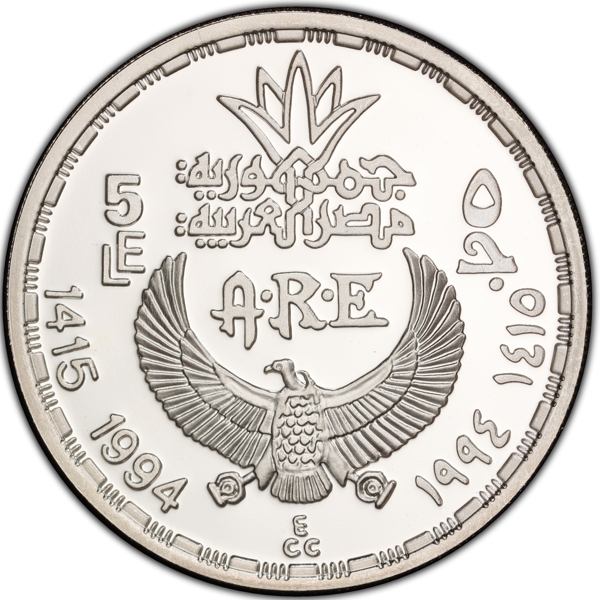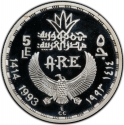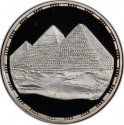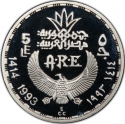You are about to finish your registration. Please check your mailbox (including spam folder). There should be a letter with a confirmation link. Check setting to make sure that your e-mail address is correct.
Send letter againDescription
From the New Kingdom (ca. 1550–1070 B.C.) on, the hippopotamus was connected to the god Seth, and in later times Seth was seen as an evil character. The god Horus was the mythological prototype of the king, and in the myth of Horus and Seth, Horus defeats Seth and ascends the throne they had battled over. Ritual enactments of this story were recorded in about 100 B.C. on the walls of the temple of Edfu. These scenes show Horus, who is often depicted together with the king, harpooning Seth in the shape of a hippopotamus.
The seemingly benign appearance that this figurine presents is deceptive. To the ancient Egyptians, the hippopotamus was one of the most dangerous animals in their world. The huge creatures were a hazard for small fishing boats and other rivercraft. The beast might also be encountered on the waterways in the journey to the afterlife. As such, the hippopotamus was a force of nature that needed to be propitiated and controlled, both in this life and the next. This example was one of a pair found in a shaft associated with the tomb chapel of the steward Senbi II at Meir, an Upper Egyptian site about thirty miles south of modern Asyut. Three of its legs have been restored because they were probably purposely broken to prevent the creature from harming the deceased. The hippo was part of Senbi's burial equipment, which included a canopic box (also in the Metropolitan Museum), a coffin, and numerous models of boats and food production.
Obverse

|
Depicts a statuette of William the Faience Hippopotamus. |
|---|---|
Reverse

|
Stylized state name (Arab Republic of Egypt) divides denomination in Arabic and English and abbreviation of state name (A.R.E.) below, the date in Arabic (Hijri) and Western (Georgian) divides by a vulture with open wings. Engraver's initials (ECC) below. 5 ٥ جمهورية مصر العربية |
| Edge |
5 Pounds
Pharaonic Treasure / Ancient Egyptian Art
William the Faience Hippopotamus
Subscribe series
KM# 786
Pharaonic Treasure / Ancient Egyptian Art
William the Faience Hippopotamus







